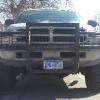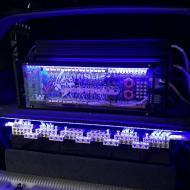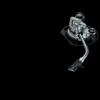
balance/SQ, lossless line voltage?
By
ncc74656, in SPL & SQ / Fabrication
-
Recently Browsing 0 members
No registered users viewing this page.
-
-
Recent Topics
-
- 9 comments
- 712 views
-
- 144 comments
- 19,139 views
-
- 5 comments
- 153 views
-
- 44 comments
- 10,484 views
-
- 4 comments
- 464 views
-
- 2 comments
- 591 views
-
-
-
Recent YouTube Posts



